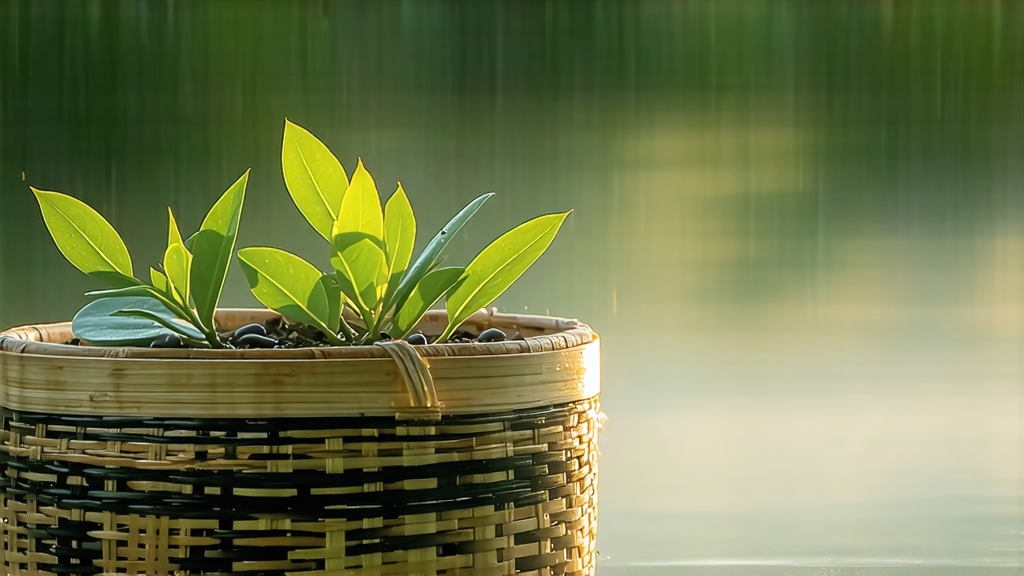
Longjing, literally “Dragon-Well,” is not merely a green tea; it is a liquid manuscript of Chinese history, geography and aesthetics. Its fame first crystallized during the Tang dynasty when Lu Yu, the sage of tea, noted the sweet spring water beside West Lake in Hangzhou. By the Song court it was tribute, by the Qing it was imperial obsession—legend claims the Qianlong Emperor planted eighteen bushes on Lion Peak, sealing their status forever. Today those same bushes still stand, fenced yet fragrant, while the name Longjing has expanded into a protected geographical indication covering just 168 square kilometers of mist-cradled hills.
Within this micro-region four crus define the pantheon. Shi-feng, or Lion Peak, yields the most coveted leaves: tiny, jade-green sparrow tongues that carry an unmistakable “bean” or chestnut note born of night frost and mineral-rich quartz soil. Mei-jia-wu, the plum family hamlet, offers a slightly broader leaf and a gentler, orchid nuance. Weng-jia-shan gives grassier infusions, while Long-jing-cun itself supplies the everyday yet honest cups locals drink from glass jars on street corners. Beyond these core zones the market floods with “Zhejiang Longjing,” still pan-fired yet lacking the limestone-spring sweetness that altitude and mist bestow.
The craft has changed little since the 17th century. Picking begins at the spring equinox when two leaves and a bud are exactly 2.5 cm long—any longer and the amino-acin sweetness declines. Women climb the terraces at dawn, plucking into wicker baskets lined with bamboo leaves to prevent bruising. By noon the harvest reaches the village workshop where 250 grams of fresh leaf will shrink to just 50 grams of finished tea through ten hand movements collectively called “qing-guo.” A wok, seasoned by decades of tea oils, is heated to 80 °C, then cooled to 60 °C as the master presses, shakes, folds and smooths the leaves for exactly 25 minutes. The goal is to arrest oxidation while locking in 3.5 % chlorophyll and 5 % amino acids, the chemical duet responsible for Longjing’s jade color and umami silk. Finally the tea is “hui-zao,” returned to a cooler 50 °C wok for another 15 minutes to reduce moisture to 5 %, ensuring a flat, sword-like leaf that will snap cleanly when snapped.
To brew Longjing authentically one must respect its delicacy. Use 3 grams—about a level teaspoon—for every 150 ml of water. The temperature must stop at 80 °C; hotter water coaxes bitter catechins, cooler fails to awaken the lactones. A tall, clear glass is traditional both as vessel and theater: leaves hover, then sink like tiny green flags, a choreography the Chinese call “the three falls.” After 90 seconds the liquor glows like early spring willow, releasing a scent that oscillates between toasted soybean and fresh rain on limestone. The first infusion is 70 % aroma, 30 % taste; the second reverses the ratio; the third is a gentle farewell, like the last page of a beloved book. Locals often add a fourth infusion to rice water, believing it brightens the complexion.
Tasting Longjing is a synesthetic exercise. First lift the glass to the light: the liquor should be brilliant chartreuse, never cloudy. Swirl and inhale—top notes of fava bean and chestnut should arrive first, followed by a whisper of wet quartz, the scent of West Lake itself. Sip, letting the liquid rest on the tip of the tongue; sweetness should appear within three seconds, a phenomenon Chinese tasters call “hui-gan,” the returning sugar. Roll the liquor to the sides to detect astringency—good Longjing bites like a green apple peel, then calms into a creamy finish. Finally listen: after swallowing, a tiny metallic ring in the throat, the “sheng-jin,” signals the presence of abundant amino acids. If the aftertaste vanishes within thirty seconds, the leaf was likely machine-fired or grown beyond the core zones.
Storage is the invisible half of quality. Because Longjing retains 2 % residual moisture it is a sponge for odors. Traditional families bury the tea in double-lidded tin canisters lined with lime blocks; modern connoisseurs vacuum-seal in 25 g foil packs flushed with nitrogen